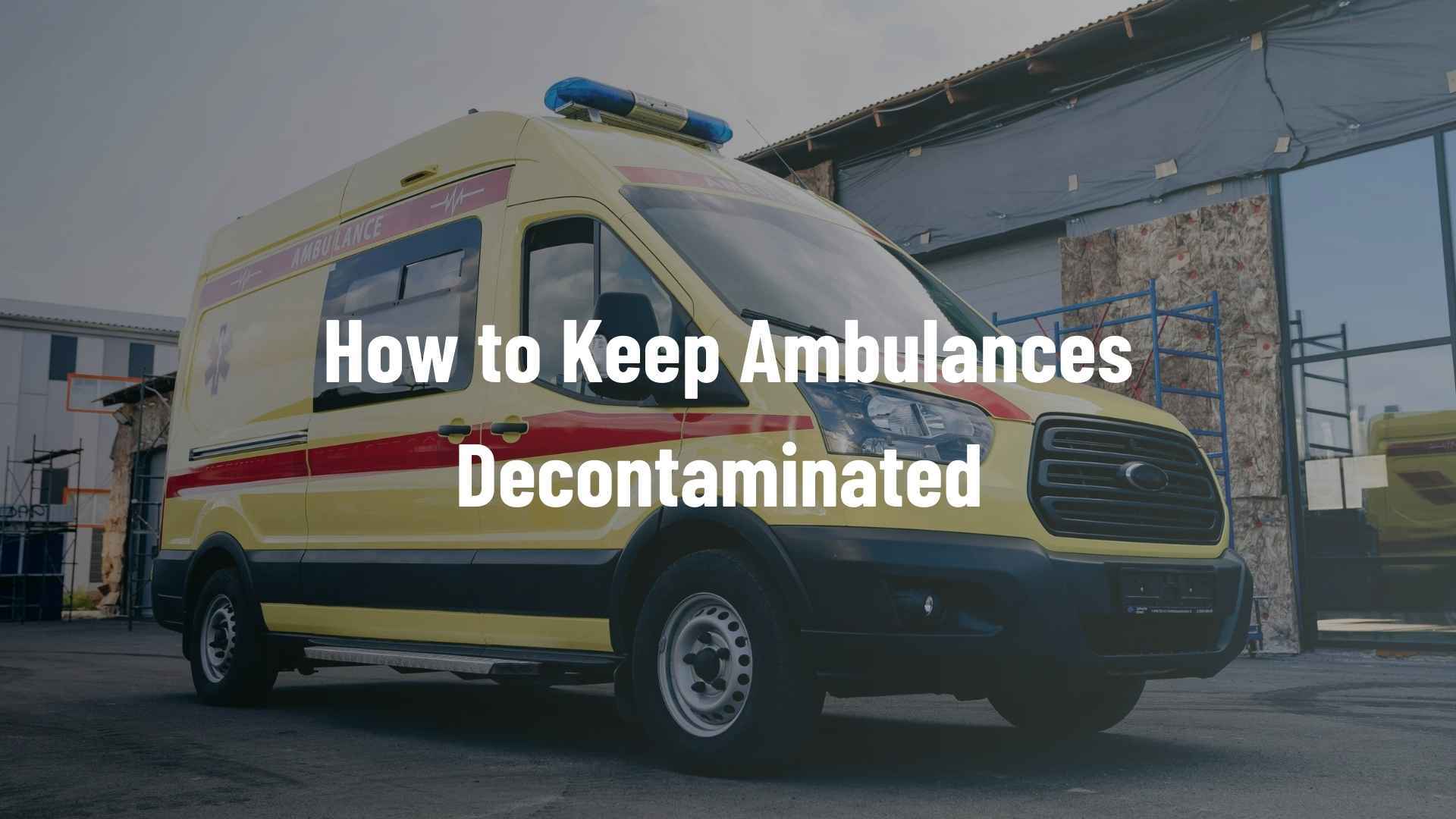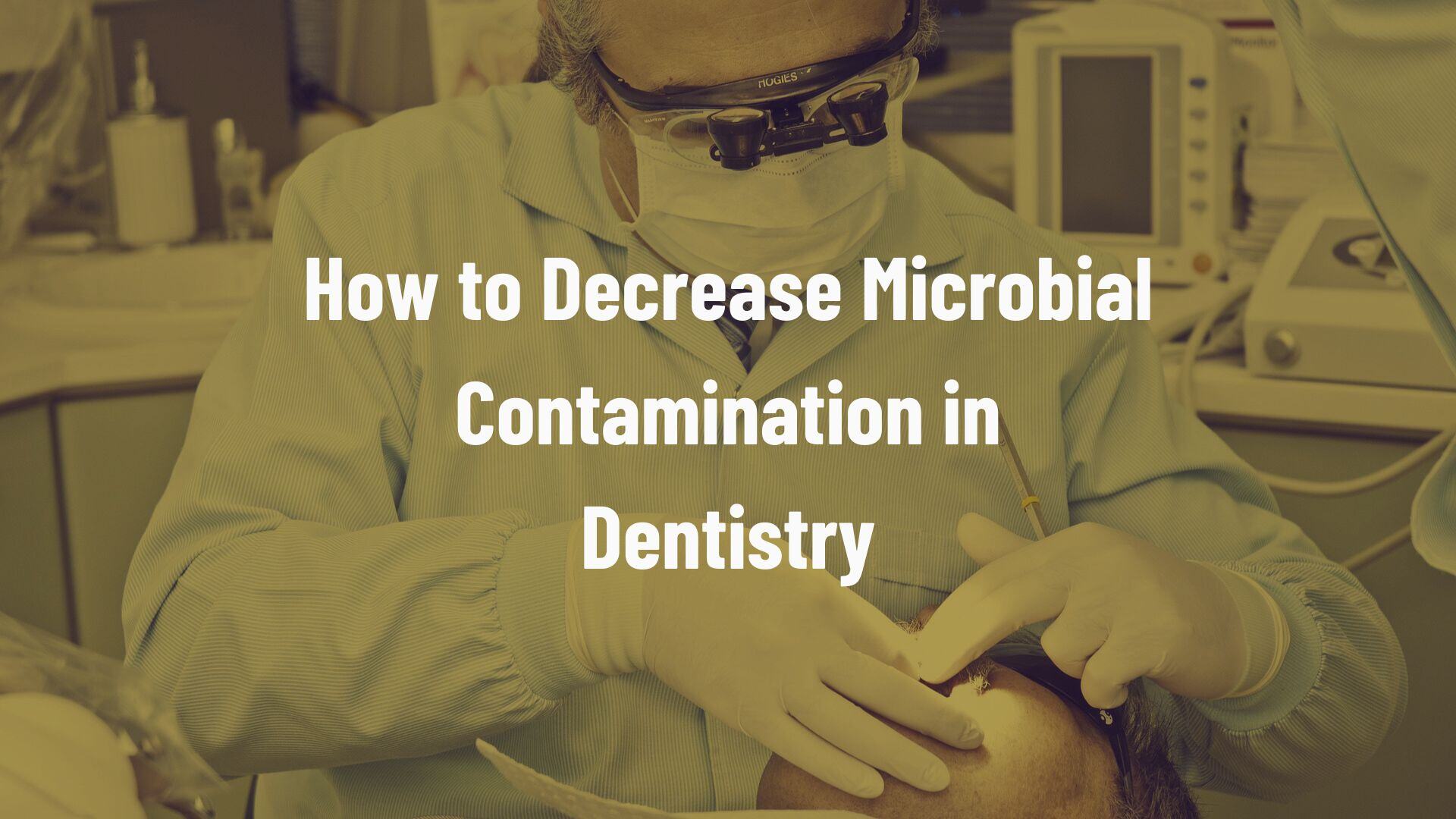4 min read
Best Far-UVC Practices to Keep Cleanrooms Decontaminated
 Jordi Amagat Molas
:
06 Nov, 2024
Jordi Amagat Molas
:
06 Nov, 2024
.jpg)
Keeping cleanrooms decontaminated is essential for many industries, including pharmaceuticals, electronics, and healthcare. These highly controlled environments must maintain a high level of cleanliness to prevent contamination that can compromise product quality and safety. Even a small amount of contamination or an increased number of recovery rates can lead to significant issues, such as product recalls, health risks, and financial losses.
Common contaminants in cleanrooms include dust, bacteria, viruses, and chemical vapors. These can enter the cleanroom through various means, such as on the clothes of staff, through air ventilation systems, or even from the products themselves. Maintaining a decontaminated environment involves rigorous protocols, frequent cleaning, and the use of advanced technologies to reduce the presence of these contaminants.
One effective method for maintaining decontaminated cleanrooms is using human-safe Far-UVC solutions. These solutions, especially those emitting 222 nm, can decontaminate surfaces and air without posing a risk to humans. This technology offers a reliable way to continuously manage cleanliness levels, ensuring that the cleanroom environment remains within the required standards.
With that in mind, let’s explore the best practices for using Far-UVC to keep cleanrooms decontaminated and highlight the long-term benefits of implementing this technology.
The Importance of Sterility in Cleanrooms
Maintaining a decontaminated cleanroom is crucial for several reasons. These specialized environments are designed to limit the presence of contaminants, ensuring that the products manufactured or tested within them meet stringent quality and safety standards. Contaminants in cleanrooms can lead to compromised product integrity, causing potential harm to consumers and significant financial losses for companies.
Common contaminants that can infiltrate cleanrooms include dust particles, bacteria, viruses, and chemical vapors. These contaminants can enter cleanrooms through various pathways. Personnel, despite wearing protective clothing, can carry and generate contaminants on their skin or clothing. Equipment and materials brought into the cleanroom can also introduce unwanted particles. Even the air can be a source of contamination if not properly filtered.
Have a look at the UV222 Booth for decontamination of Gowned Personnel
Contamination in cleanrooms can have serious consequences. In pharmaceutical cleanrooms, contaminants can ruin sterile drug formulations, rendering them unsafe for patient use. In electronics manufacturing, particles as small as a few microns can cause defects in microcircuitry, leading to device failure. Thus, ensuring an immaculate environment is not merely a regulatory requirement but a fundamental aspect of protecting both products and people.
How Human-Safe Far-UVC Solutions Work
Human-safe Far-UVC light solutions, particularly those emitting 222 nm wavelengths, are an effective method for decontaminating cleanrooms. The 222 nm Far-UVC works by targeting the DNA of microorganisms such as bacteria and viruses. It disrupts their genetic material, preventing them from reproducing and rendering them harmless. This process helps reduce the microbial load on surfaces and in the air.
The technology behind 222 nm Far-UVC is sophisticated yet safe for human exposure. Unlike other UVC wavelengths, 222 nm does not penetrate the outer dead layer of human skin or the tear layer of the eye, making it safe for use in occupied spaces. This allows for continuous decontamination without disrupting normal operations in the cleanroom.
%20(3).png?width=462&height=360&name=UV222-White-on-ceiling-UV_transparent%20(1)%20(3).png)
The safety of 222 nm Far-UVC is a significant advantage, as it enables round-the-clock air and surface decontamination without posing risks to personnel. This continuous decontamination process ensures that the cleanroom environment remains at the highest levels of cleanliness, minimizing the risk of contamination-related issues. This makes the technology an ideal solution for maintaining sterility in demanding cleanroom environments.
Implementing Far-UVC Systems in Cleanrooms
To implement UVC systems in cleanrooms effectively, follow these key steps:
- Assessment: Start by evaluating the specific needs of your cleanroom. Determine the areas most susceptible to contamination and identify high-traffic zones that require continuous decontamination.
- Design and Planning: Work with experts to design a Far-UVC system that fits your cleanroom's layout and requirements. This involves deciding the number and types of Far-UVC fixtures needed and establishing their placement for optimal effectiveness.
- Installation: Install the Far-UVC fixtures in pre-determined locations. Ensure that these are placed in areas with maximum air circulation and near potential contamination sources. Electrical and structural considerations must also be addressed during this phase. Plan ahead if installation needs to occur during your shutdown period.
- Source of contamination: The fixtures we recommend are based on the contamination source. If the gowned personnel is to be decontaminated, when entering the cleanroom, the UV Booth would be our choice, while if the contamination occurs inside the cleanroom a product like the Cleanroom Downlight, Vertex 222, or UV222 Linear, could be recommended.
For optimal placement and operation:
- Identify target germicidal spots to be continuously decontaminated: This can range from specific spots to whole-room decontamination.
- Install fixtures above workstations and high-touch surfaces to ensure continuous surface cleanliness.
- Ensure that the Far-UVC system can be operated seamlessly as part of your regular cleanroom protocols.
Long-Term Benefits of Far-UVC in Cleanrooms
The long-term use of Far-UVC in cleanrooms offers substantial benefits. Over time, the continuous operation of Far-UVC systems significantly reduces the microbial load, maintaining a consistently decontaminated environment. This reduction in contamination directly contributes to higher product quality and reliability.
Compliance with industry standards is another essential benefit. Regulatory bodies often have stringent cleanliness requirements for cleanrooms. Far-UVC systems help maintain these standards effortlessly, ensuring that your cleanroom meets all relevant guidelines, complies with GMP Annex 1 and passes inspections without issues.
Operational efficiencies and cost savings are also notable. By reducing the need for chemical cleaners and manual cleaning efforts, Far-UVC systems lower operating costs. Furthermore, the technology's ability to work continuously without disrupting normal activities increases overall productivity. The reduction in recover rates also minimizes downtimes and product losses, resulting in substantial long-term savings.
The Importance of Proper Lighting in Cleanrooms
Maintaining a decontaminated environment in cleanrooms is vital for ensuring the quality and safety of products, especially in sectors like pharmaceuticals, biological safety laboratories and electronics. Human-safe Far-UVC solutions offer an efficient and continuous method for decontamination, crucial for upholding these high standards.
Integrating Far-UVC systems into your cleanroom practices can significantly reduce contamination, streamline compliance with industry standards, and provide long-term operational and financial benefits.
 UV222™
UV222™ UV222 Linear
UV222 Linear UV222 Downlight
UV222 Downlight Vertex 222
Vertex 222.png) UV222 Pendant
UV222 Pendant.png) UV222 Booth
UV222 Booth.png) UV222 Step-On
UV222 Step-On.png) UV222 Cleanroom Downlight
UV222 Cleanroom Downlight UV222 Dual Downlight 60x60
UV222 Dual Downlight 60x60 UV222 Material Airlock
UV222 Material Airlock UV222 Ambulance
UV222 Ambulance UV222 Compact
UV222 Compact UV222 Industrial
UV222 Industrial.jpg)
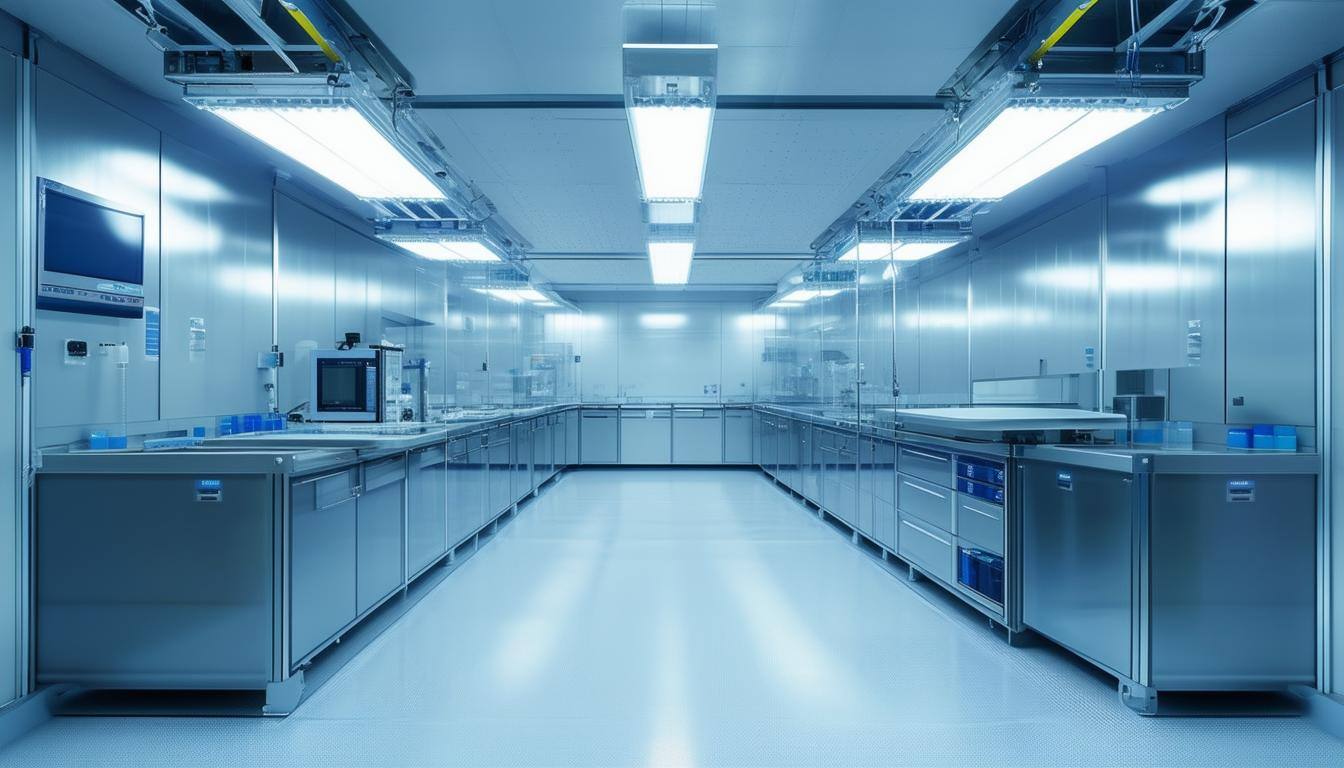

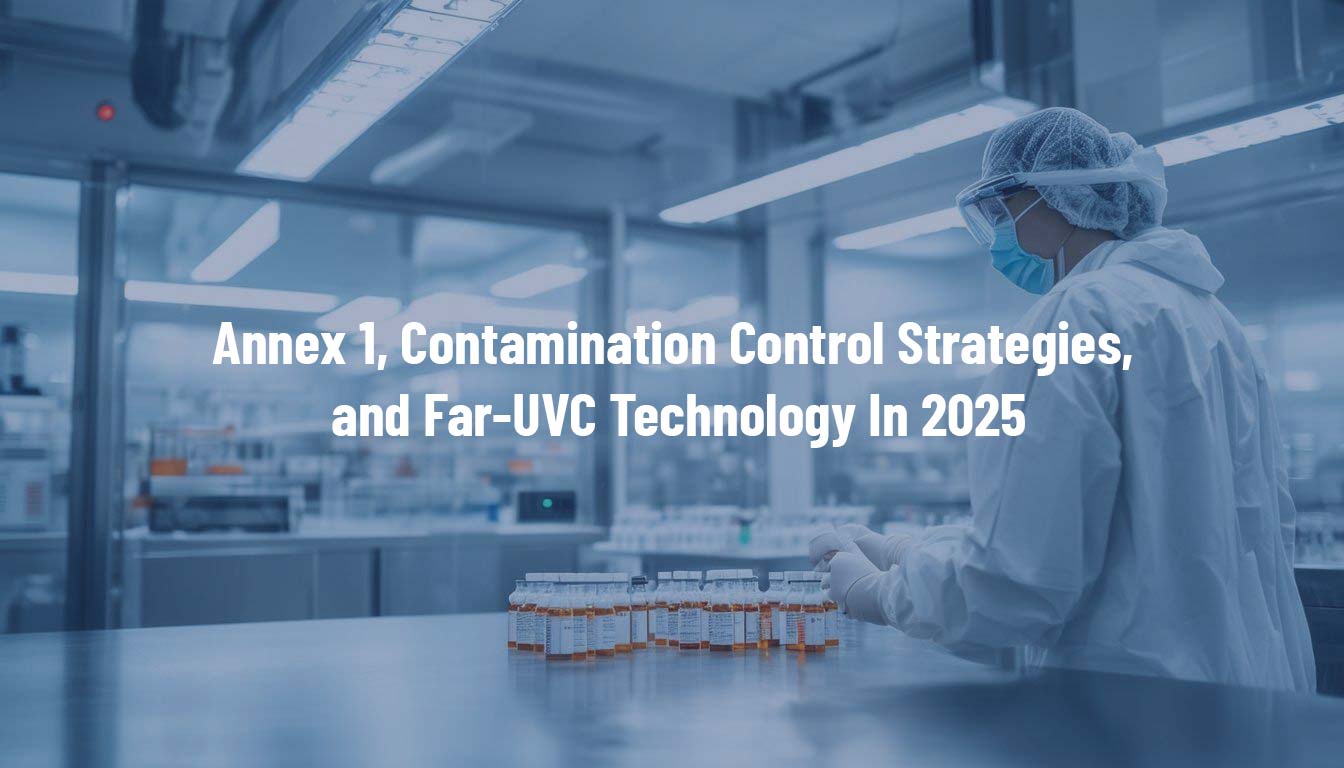
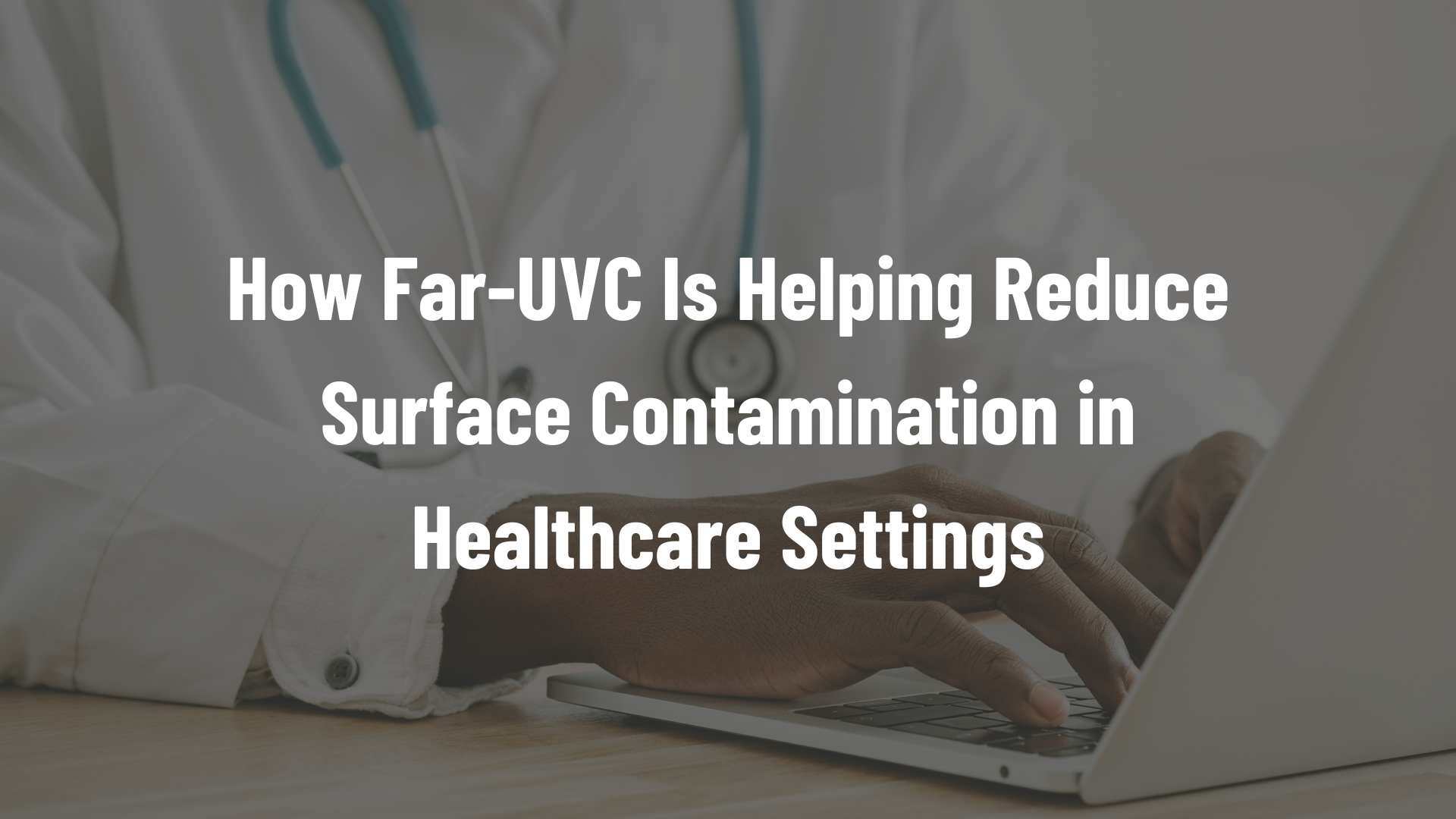
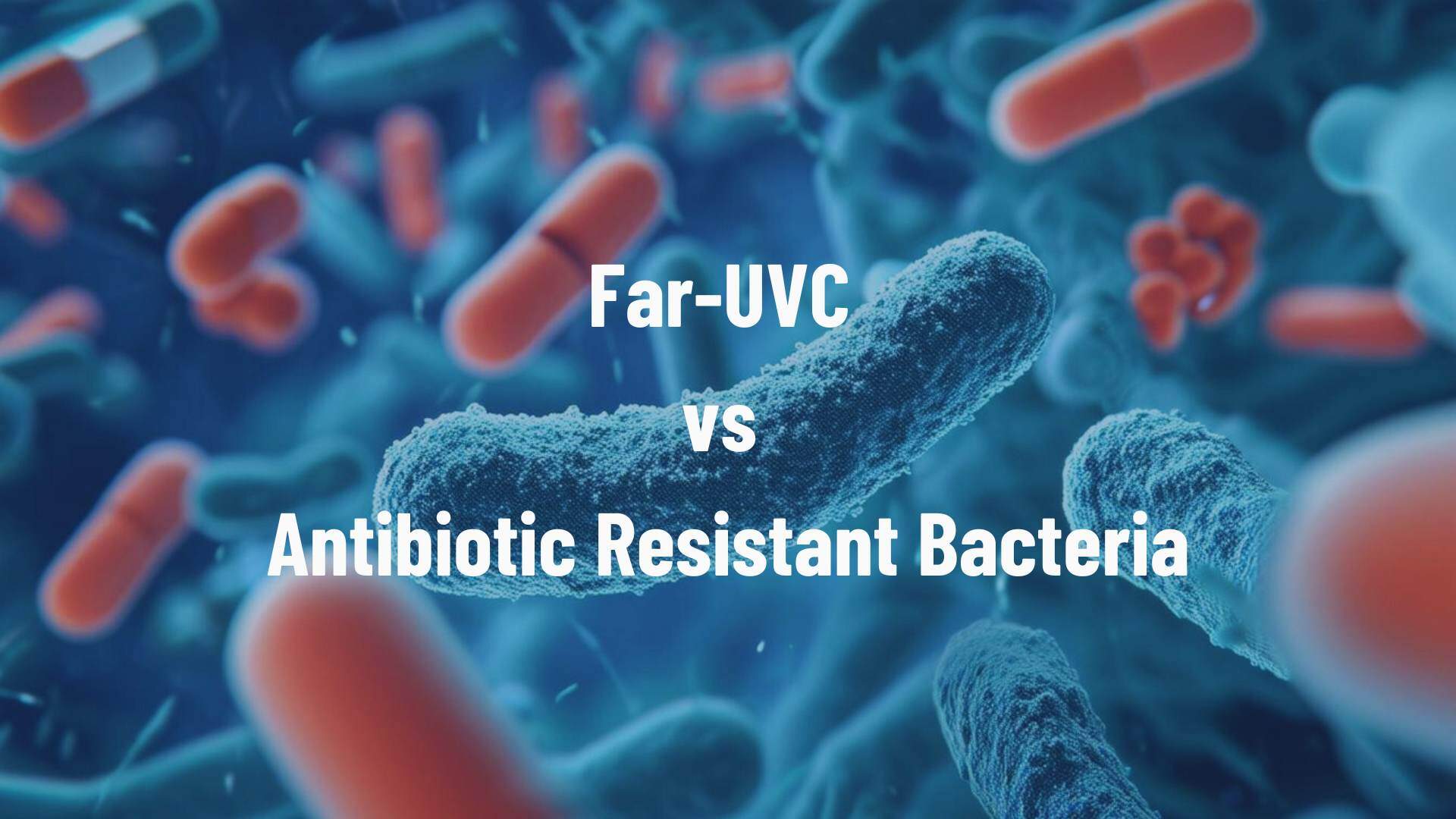
.jpg)
.jpg)
